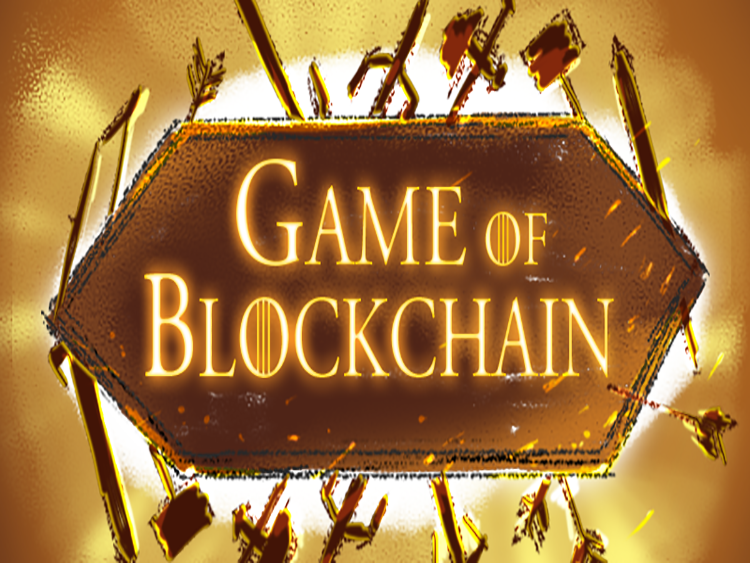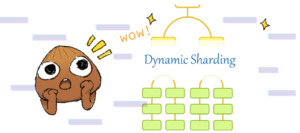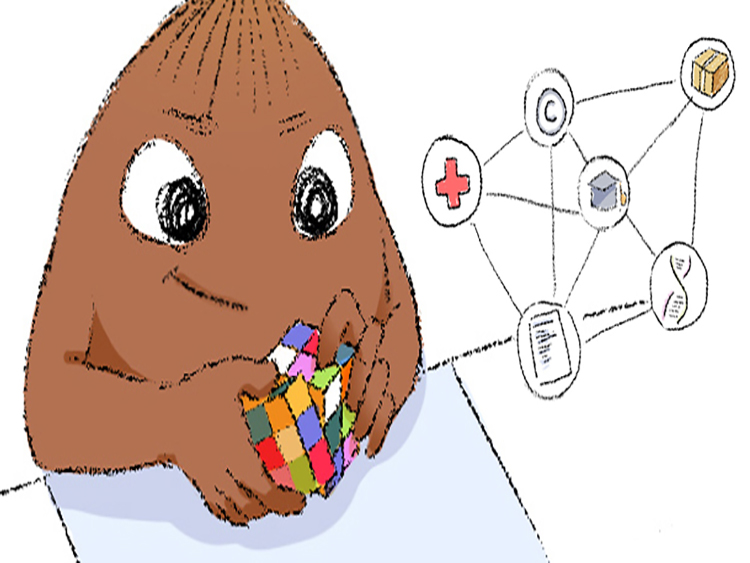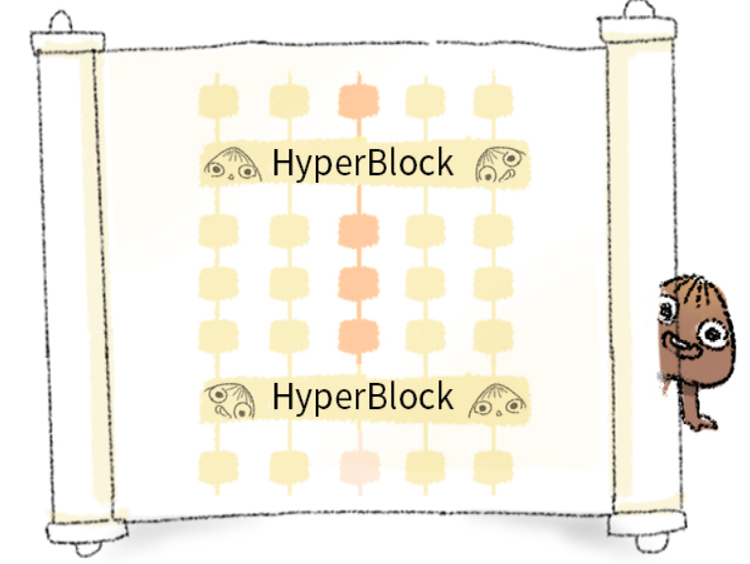
This week, blockchain, finance, and technology industries were all connected with the Facebook stable coin project- Libra. The leader David Marcus accepted a hearing from a US Congress. In contrast to the questions of the congress who were powerful and what the American media called On-pointed, it was Marcus’s unclear answer. Although this may be a way of coping with Facebook’s public relations, such a disparity in the show really makes the audience feel Libra’s embarrassment.
Continue reading Libra’s Dilemma: true innovation begins with data privatization







-1.jpg)

